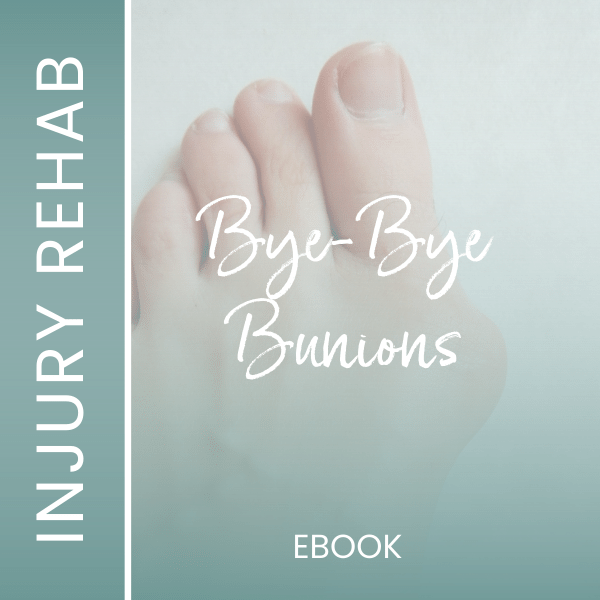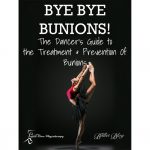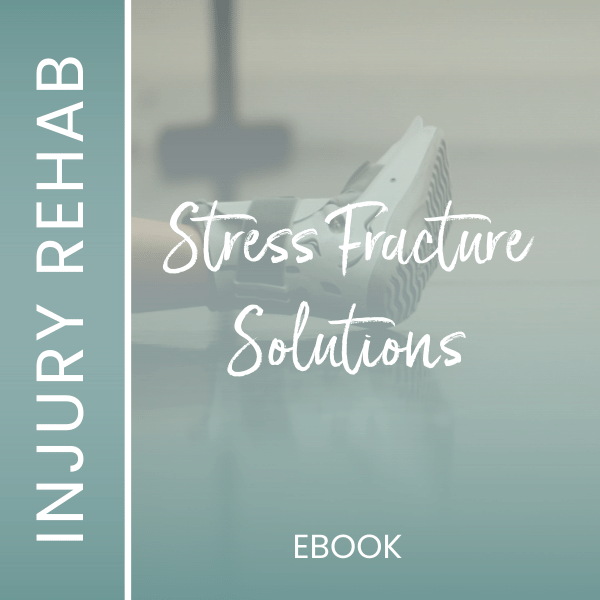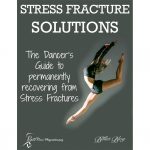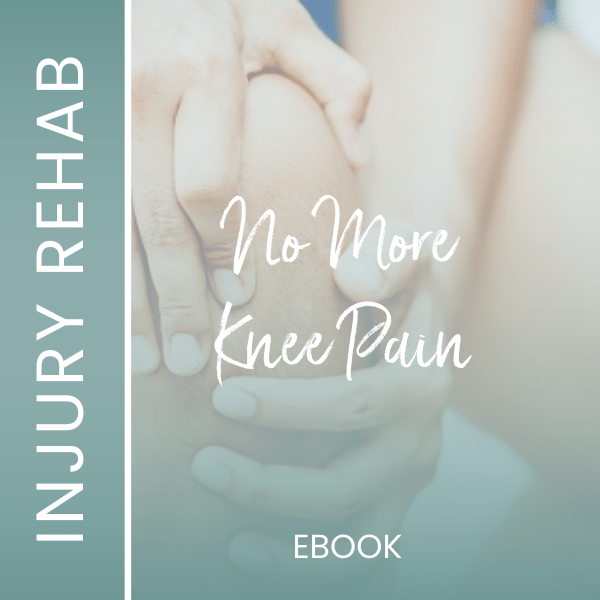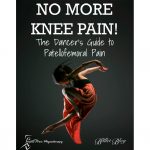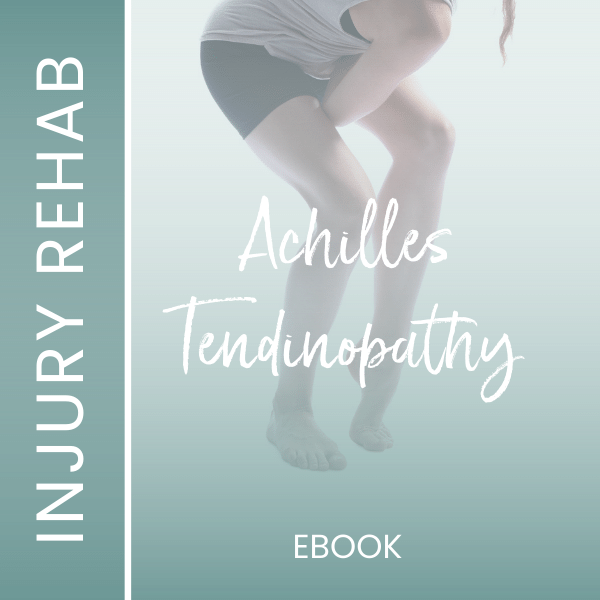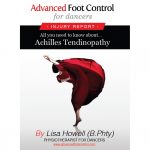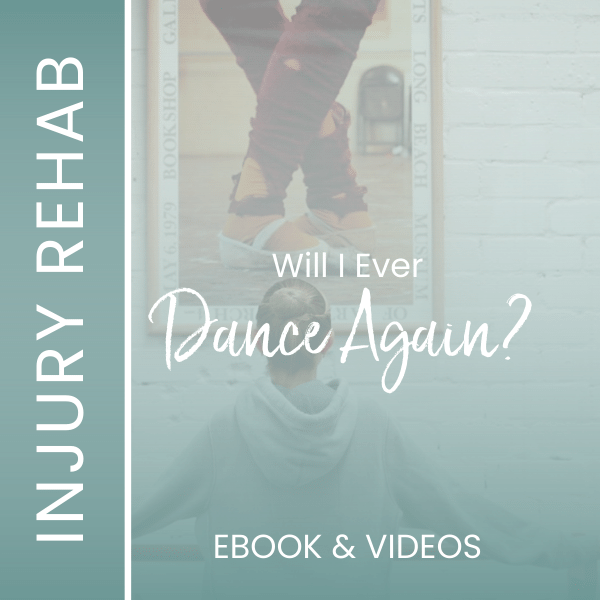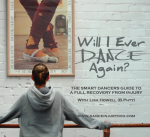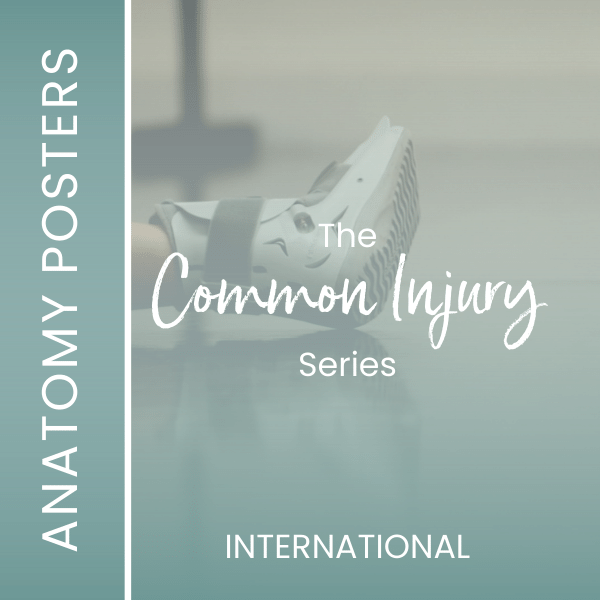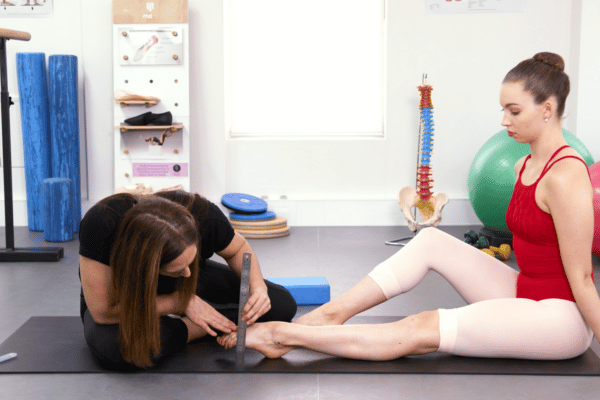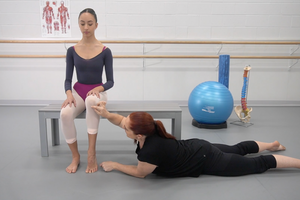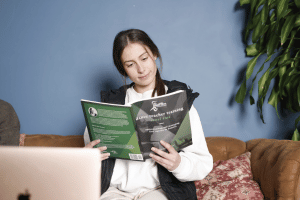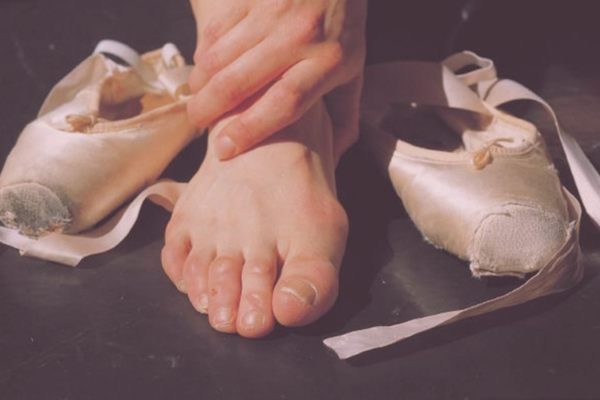Mastering Foot Articulation
The truth is, that A LOT of dancers do not understand the intricacies of the basic movements in ballet. Often when students start dancing very early on, they learn the basics at the level that they are capable of learning at five years old. Obviously the ‘building block’ steps such as a Plié and a Tendu often get taught in a very simplified way. This is fine for a five year old, but over the next few years of a dancers training it is so important that these ‘basics’ are relearned with more and more specificity. If these steps are not revisited again and again, to really master them, the student will often struggle to progress once the steps get harder.
The Core Ingredients in Performing a Perfect Tendu Are:
1. Articulation of the foot and ankle
2. Standing Leg Turnout Control
3. The ability to close the working leg without bending the knee
Add a beautiful port de bras to all of that and you have the perfect tendu!
As mastering the articulation of the foot and ankle is quite possibly the single most effective way to prevent foot injuries in dancers, I have created a series of exercises to help all dancers work on this essential skill. Focusing on the correct execution of this fundamental step can lead to dramatic improvements in all areas of your technique. Underdevelopment of some muscles and overuse of others is a major contributing factor in many common foot and ankle injuries in dancers. Biomechanically, the bulk of the power to point the foot comes from the big calf muscles; while the smaller ‘extrinsic’ foot muscles control the alignment of the ankle while the forefoot and toes are pointed by the small ‘intrinsic’ foot muscles. It is very important to focus on developing this careful articulation of the foot early in your training and constantly revisit and refine this as you develop. This helps make fluid articulation subconscious and effortless when dancing.
Mobilise - Massage Between the Toes
Massaging between the toes on the top of the foot can help release the fascia that may be blocking flexion at the MTP joints. This will often be quite tender in the beginning, but does loosen up, especially if followed by a gentle stretch. If this area is markedly restricted dancers will be unable to perform the doming exercise correctly, so it is important to address this first.
Isolate - Doming Exercise
Keeping the toes long, make a small triangle at the MTP joints. There should be a gentle amount of pressure into the floor, but not enough to blanch the knuckles. Dancers can use their hands to mimic the movement, or to manually position the toes in the beginning. Once the movement has been established, feel deep in the back of the calf to ensure that Tibialis Posterior is not being overused.
Foot Injury Resources
If you are looking to delve deeper into how to best manage dancer's foot injuries, check out the following programs:
- Will I Ever Dance Again: The “Will I Ever Dance Again?” program is perfect if you are unable to train at full capacity, whether this is due to a foot injury, surgery, an accident or illness outside of the studio. It helps you build back to full capacity gradually while maintaining strength, flexibility and control in the rest of the body.
- Level One Dance Teacher and Therapist Training: This unique course covers a multitude of assessment and treatment techniques to individualise a dancer's training. With special focuses on Postural Control, Core Stability, Flexibility, Basic Classical Technique, The Dancers Hip, Allegro, Spinal Mobility and Arabesques, it is suitable for anyone working closely with dancers.
-
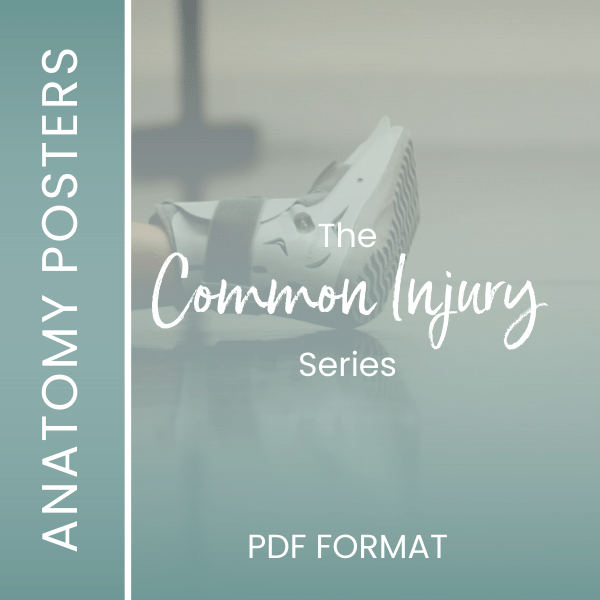
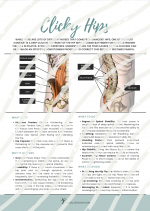 This product has multiple variants. The options may be chosen on the product page
This product has multiple variants. The options may be chosen on the product pageCommon Injury Series – PDF Posters
$10.00 – $40.00 -
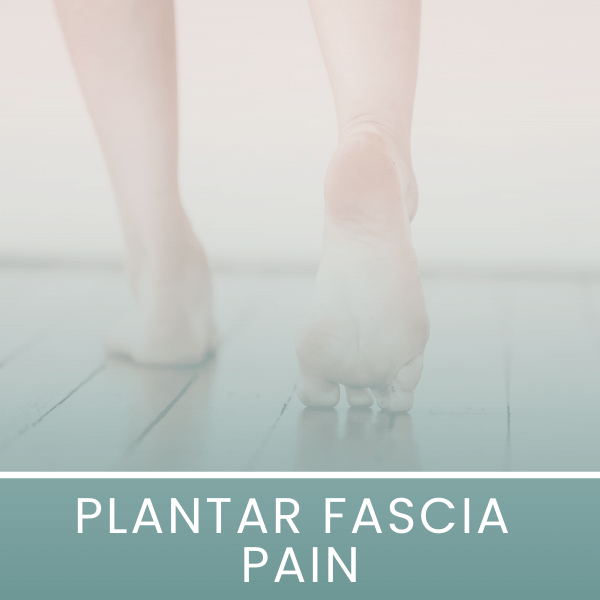
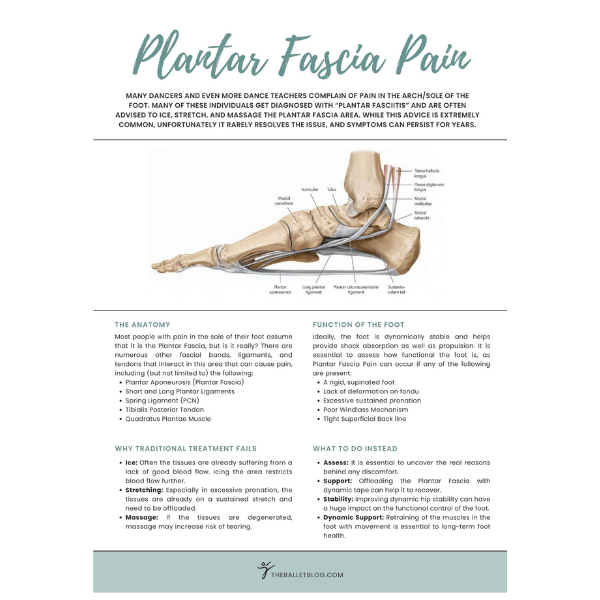 This product has multiple variants. The options may be chosen on the product page
This product has multiple variants. The options may be chosen on the product pagePlantar Fascia Pain (Common Injury Series)
$25.00 – $35.00 -

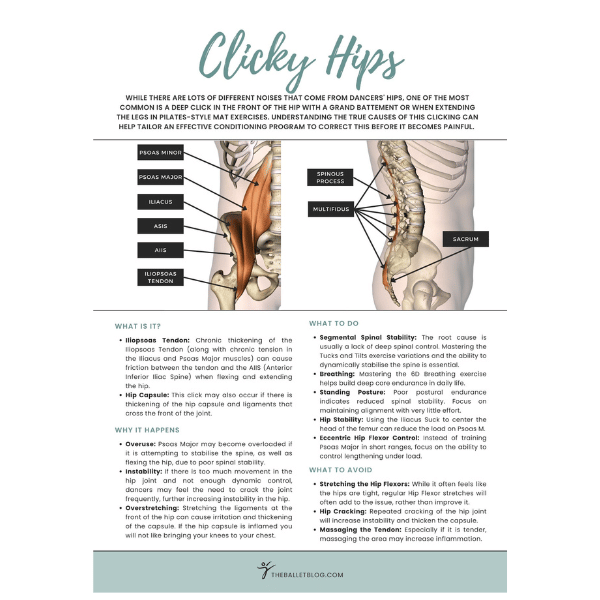 This product has multiple variants. The options may be chosen on the product page
This product has multiple variants. The options may be chosen on the product pageClicky Hips (Common Injury Series)
$25.00 – $35.00 -
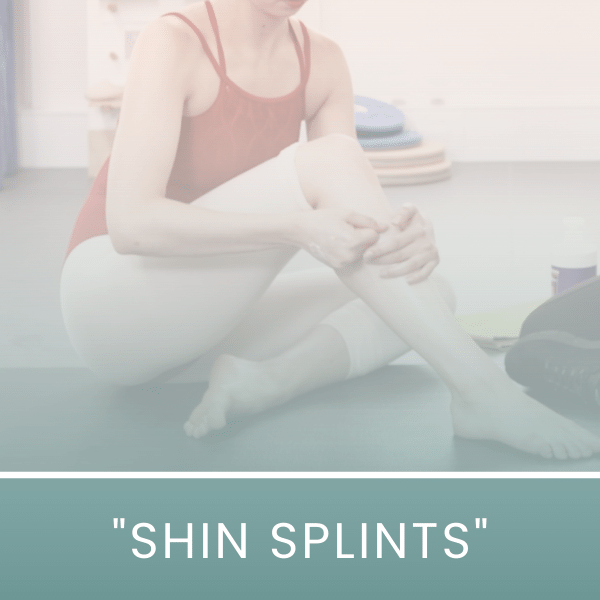
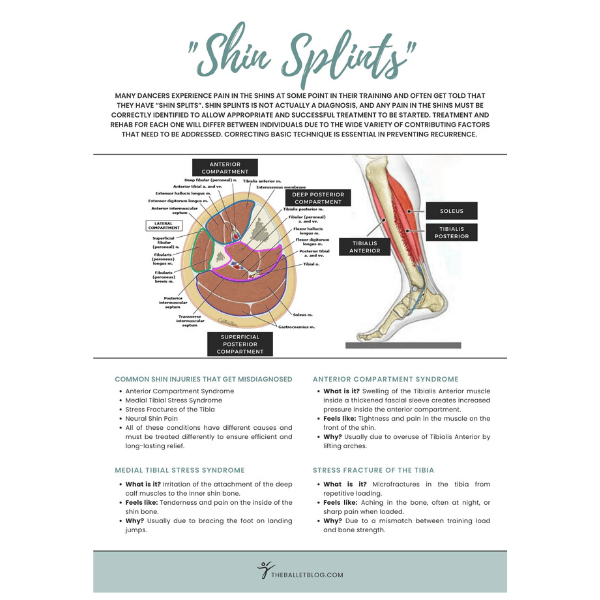 This product has multiple variants. The options may be chosen on the product page
This product has multiple variants. The options may be chosen on the product pageShin Splints (Common Injury Series)
$25.00 – $35.00 -
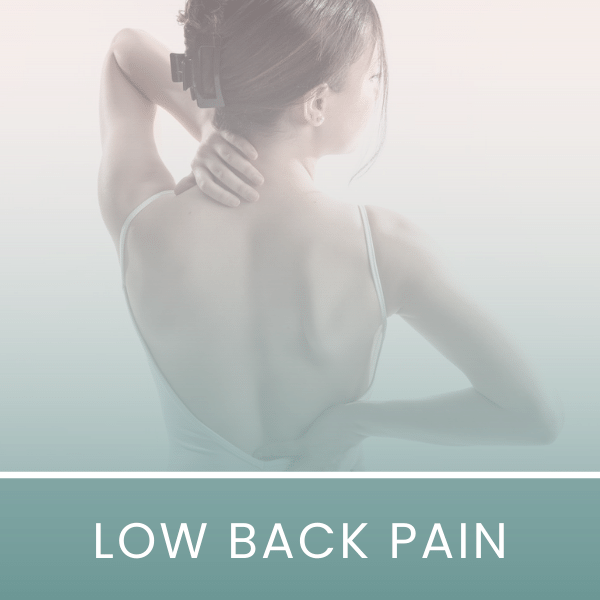
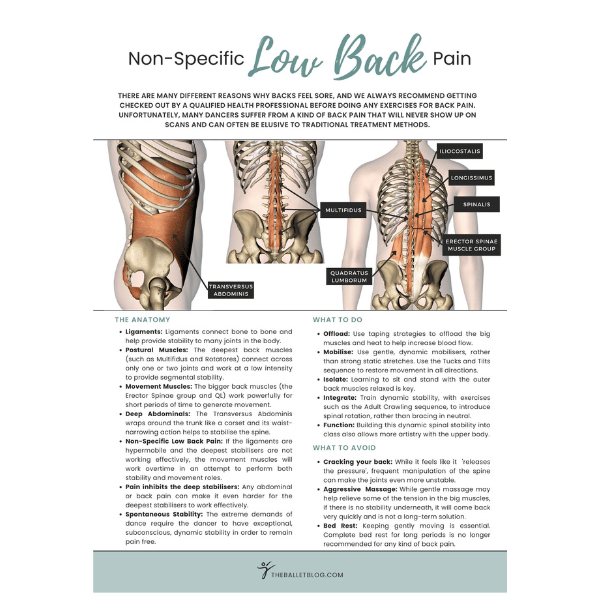 This product has multiple variants. The options may be chosen on the product page
This product has multiple variants. The options may be chosen on the product pageLow Back Pain (Common Injury Series)
$25.00 – $35.00

